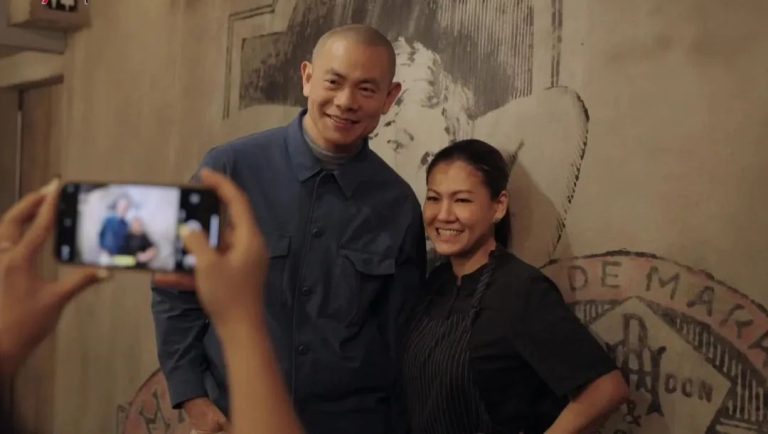
In terms of dish creation, Johanne always starts with the primary ingredients, considering how to elevate them to their best state rather than masking their characteristics. Her foundation is rooted in modern European style, but she also incorporates influences from her own cultural traditions and Asian background. She aims to showcase some Filipino flavors in her cuisine and incorporates unique ingredients from her homeland and other Southeast Asian regions.
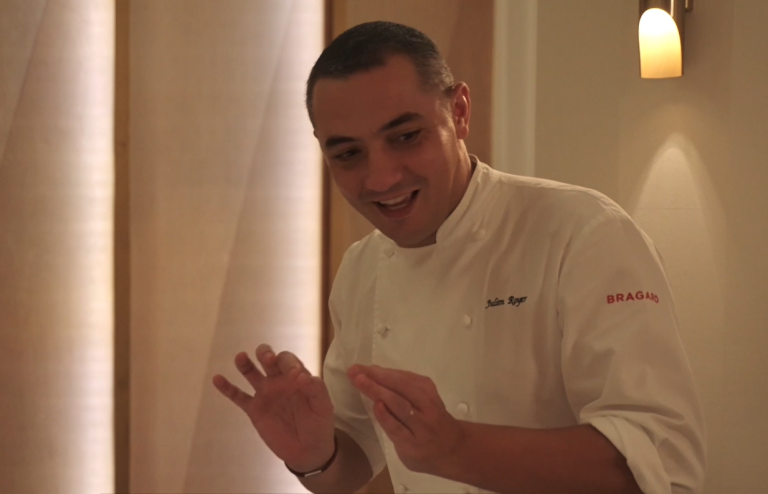
Opportunities to visit Singapore may be scarce, but every time I do, Odette restaurant always comes to mind. The exquisite cuisine and refined dishes have left a lasting impression on me, while the elegant and minimalist ambiance continues to captivate me. At Odette, I had the pleasure of savoring the unique and delicate French cuisine crafted by Chef Julien Royer. The service, as well as the food, moved me and filled me with warmth.
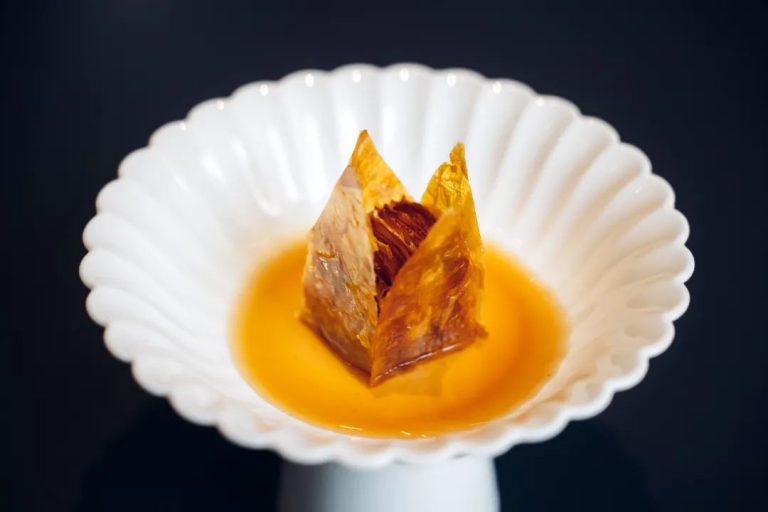
It’s been almost ten years since the opening of Fu He Hui, nestled among tree-lined avenues at the former French Concession of Shanghai, a hugely sought-after historic district abundant with quaint residential buildings during the 1920s. The name “Fu He Hui” comes from the owner – Mr. Fang 's understanding of happiness (Fu, 福) and wisdom (Hui, 慧): "The process of pursuing happiness leads to wisdom and the pathway to wisdom is accompanied by happiness".
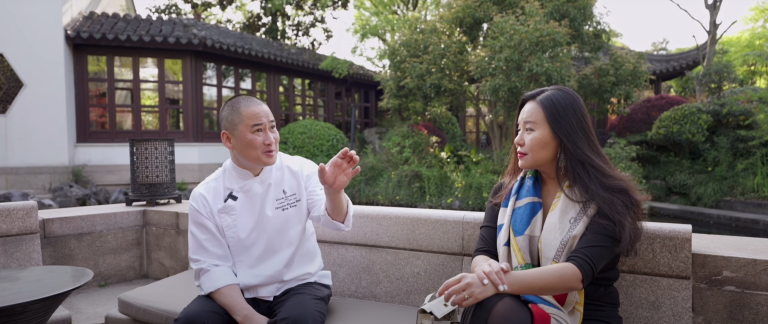
Hangzhou Michelin announced today that Wang Yong, the chef at Hangzhou Four Seasons Jinsha Restaurant has been awarded one Michelin star. Hangzhou Michelin has a total of 6-star restaurants, with all have been awarded one star. Looking back to my visit to Hangzhou in early April, I had the opportunity to visit Jin Sha, where one can savour the expertise of Chef Wang Yong inShanghainese and Zhejiang cuisine. In addition to seasonal menus that change every year, there is also a bespoke Chef's Private Menu that’s designed to reflect culinary insights and inspirations Chef Wang has gained from travelling in search of exotic cuisines and global flavours.
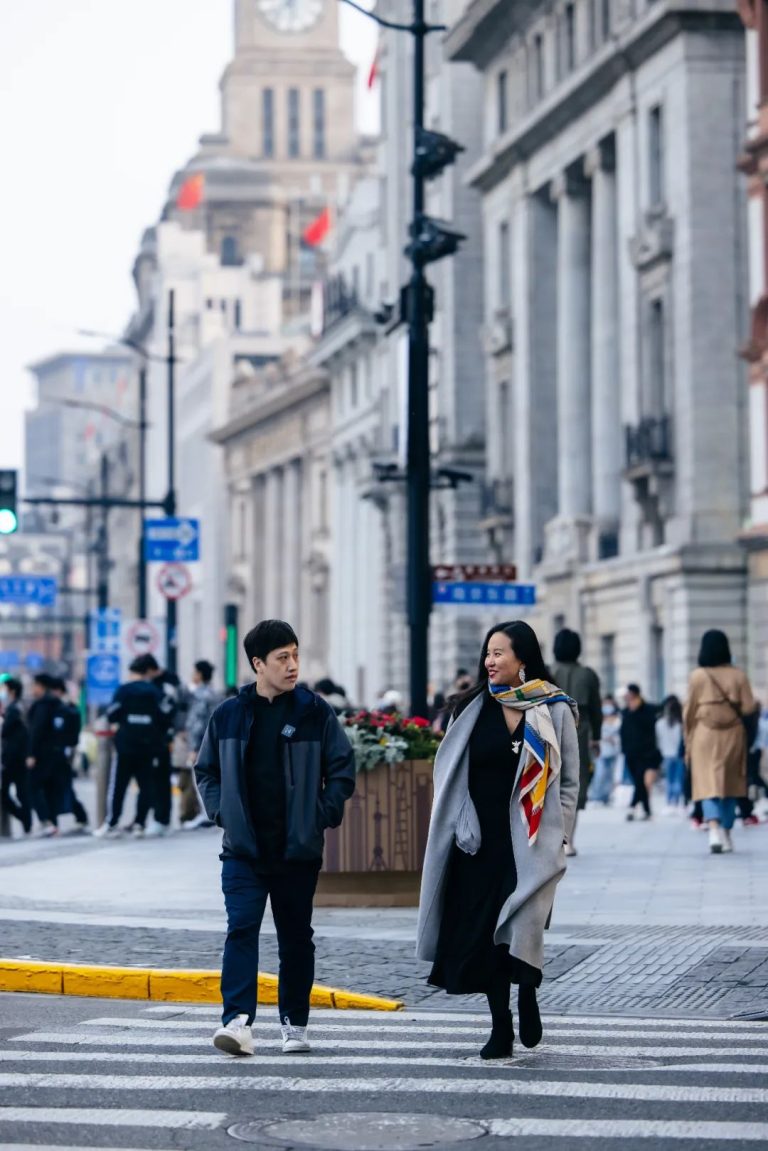
Chef Xu Jingye showcases understated elegance of Cantonese cuisine in every dish at 102 House, which, within just one year of its establishment in Shanghai, was awarded two Michelin stars, making a remarkable debut. But Michelin is both pressure and motivation. This year, the spring menu demonstrates even greater stability with precise execution and graceful flavouring.
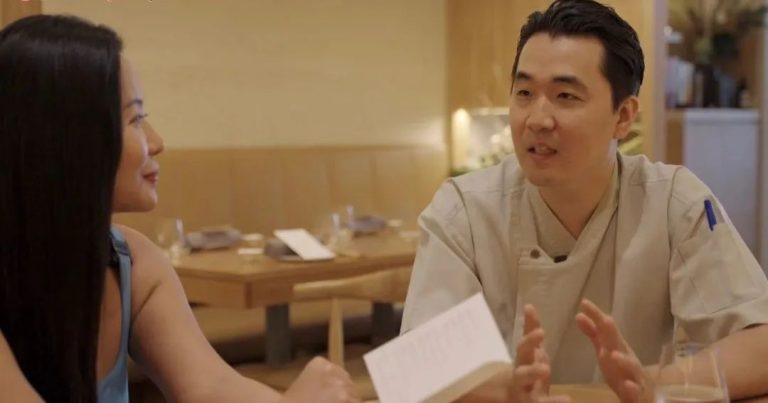
For this spring/summer menu, Chef Louis Han stages a theme of Front Yard Barbecue, built on the fondest of memories from his barbecue gatherings back home. Think hot and plump grilled meats, fresh and succulent vegetables and a colourful array of side dishes. Wouldn’t it be hard not to fall in love with all that deliciousness?
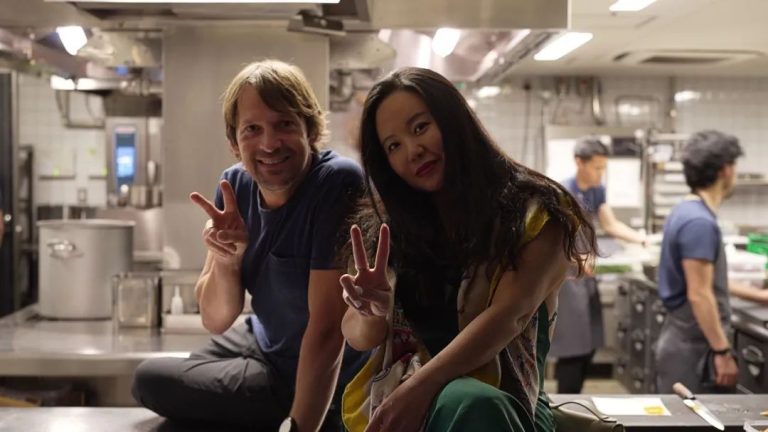
It's been a few years since I wrote about Noma again, and I've really thought it through. The new Noma 2.0 cookbook contains dishes spanning two seasons, evoking memories of the past. As it has for years, the restaurant explores the possibilities of a full range of ingredients, presenting the best of them conveyed through an unimaginably elaborate process that is both wild and traditional, unpretentious but time-consuming. In the spirit of Noma 2.0, the Kyoto pop-up pays true homage to the city’s profound history and diverse culture, with local approach in ingredient selection, preparation and presentation.
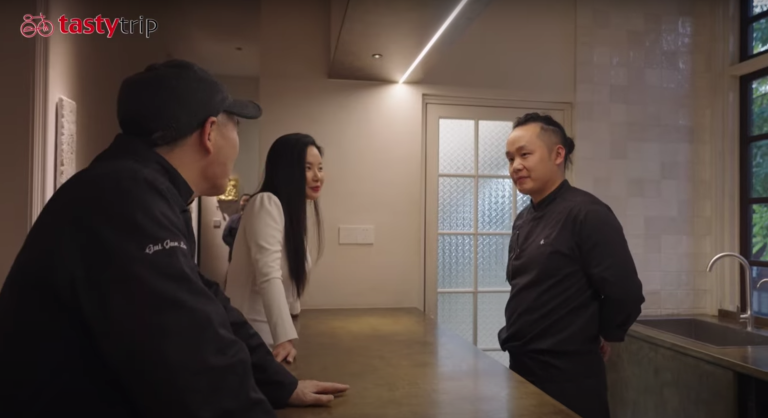
Yong's cuisine is based on a variety of soups with highlights of charcoal grilling. Chinese flavours, or more specifically Sichuan flavours, are the charming mainstay but techniques like deep-frying and grilling bring a touch of Japanese kaiseki.
Were we in Guangzhou or Chengdu? I almost couldn't tell. Here, I see the meaning of heritage. After a hundred years, Yong has restored this historical building to its natural patina and past glory.
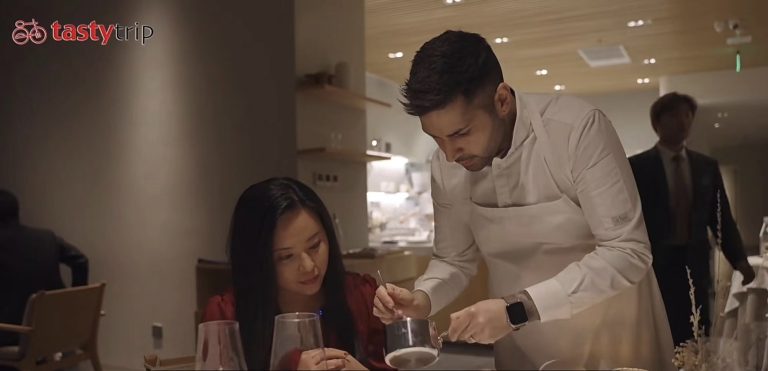
Refer has all the qualities of a top-notch restaurant. With competence and confidence, Chef has insisted on doing a trifold menu that encompasses a vast range of ingredients, but each dish is dealt with utmost care and exquisite technique. The ability to combine perceptions, cooking skills and the art of plating with subtlety and elegance requires meticulous craftsmanship.
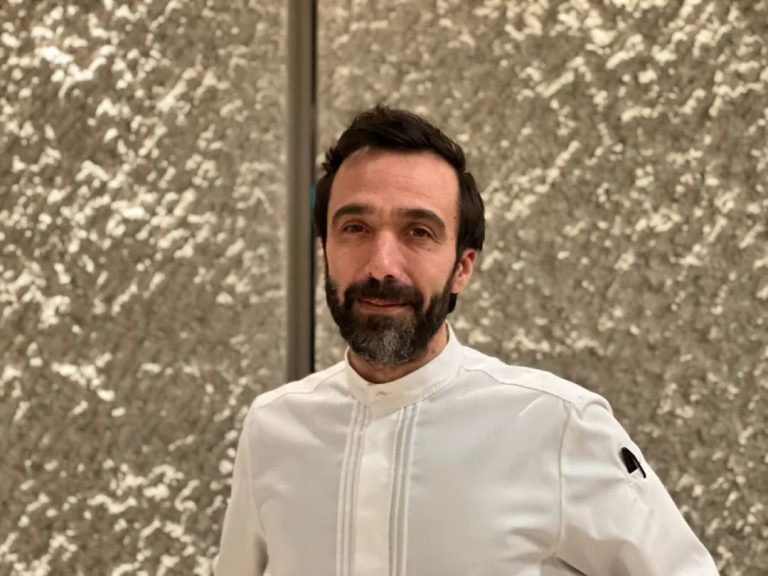
Esquisse, meaning “sketch” in French, is more than a name. An artistic theme runs throughout Esquisse, from the bright and airy decor through to the elegant presentation that seems to bear the poetic come and go of things. Opened in Tokyo’s luxury Ginza district in 2012, Esquisse was awarded two Michelin stars five months after opening. Deeply influenced by Japanese philosophy, Lionel Beccat’s cooking is about changing the way of thinking and creative growth, leaving guests to define his dishes. For me, Esquisse is undoubtedly one of the iconic restaurants to visit in Tokyo.














